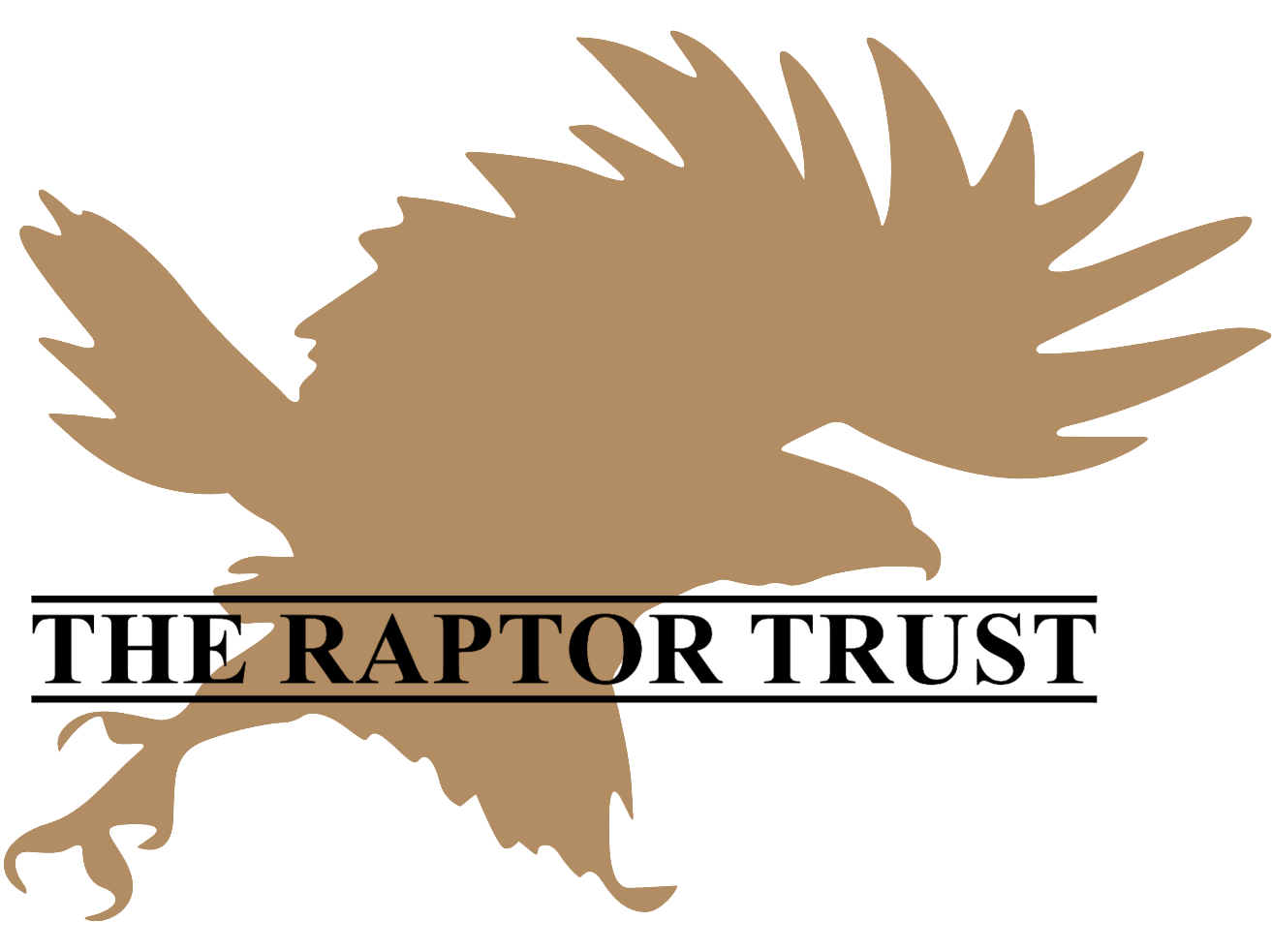Raptor Facts
What Is A Raptor?
Raptors are a group of birds linked by what they eat - meat! Although these birds share many similar features, recent advances in science indicate that many of the species are not as closely related as we once believed. This is a process called convergent evolution, where different animals that fulfill an ecological role often evolve to have similar features. In the case of raptors, this means having keen eyesight with forward-facing eyes, a sharp, hooked beak, and strong talons for catching their prey. As meat-eating birds, raptors are predators, and they hunt for their prey.
The six types of raptors that we find in New Jersey are Hawks, Eagles, Falcons, Owls, Vultures, and Osprey. Most of these birds are diurnal, which means active during the day, however, many owl species are nocturnal or active at night.
Keen eyesight is a trait all raptors share. When raptors get hungry, they must spot their prey and be able to act quickly and under sometimes challenging conditions: finding prey in the dark for owls; spotting small rodents among the leaf litter for hawks; or even locating fish underwater for Osprey and eagles. Having two forward-facing eyes gives raptors binocular vision, just like you have. The two eyes have overlapping fields of view, combined in the brain to create depth perception.
Sharp beaks are a critical feature for raptors. They must rip their food with their beaks to make manageable, bite-sized pieces like humans do with a knife and fork. A flat beak like a duck would make it very difficult to eat a mouse!
Raptors use their strong feet, and in particular, their sharp talons, to catch their food, similar to your hand. Raptors each have 4 toes, each ending in a long, sharp nail (or talon) used for capturing, crushing and killing their prey. These feet are also used for standing on perches scratching itches, and are the strongest part of the bird’s body.
Select a raptor to discover more about its unique characteristics!

Visit The Raptor Trust
Educational Programs
The Raptor Trust offers dynamic educational programs to foster a deeper understanding and appreciation of raptors and their role in the ecosystem. Our programs include:
Guided Tours: Visitors can explore our facilities and learn about various raptor species, their habitats, and the work we do to rescue and rehabilitate these incredible birds.
Presentations: Our expert staff delivers engaging presentations on raptor biology, conservation, and the importance of protecting birds of prey and their natural environments.
Workshops and Events: We host a variety of hands-on workshops and special events that offer participants the opportunity to learn more about raptors through interactive experiences and activities.






